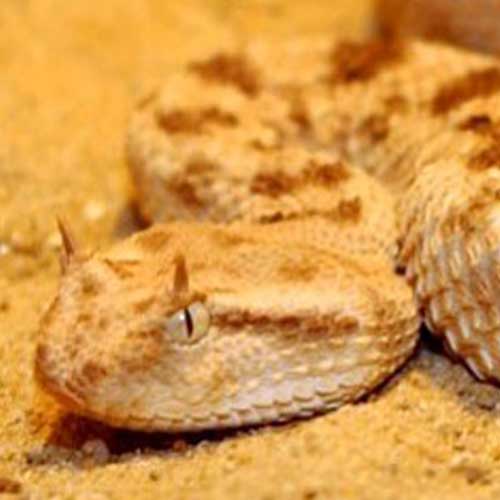Lethbridge High School (Lethbridge)
Coagu.Coli – utilizing recombinant protein from Cerastes cerastes venom to prevent fatal hemorrhage and minimize thrombosis in cases of traumatic injury
| Team Grade Level: | High School |
| STEM Focus: | Synthetic Biology |
Blood clotting is controlled by a highly regulated pathway that attempts to ensure a balance between clotted and unclotted blood within a wound. As a response to trauma, enzymes in the pathway activate sequentially to convert fibrinogen into fibrin. The fibrin strands cross-link together to form a polymer mesh that causes blood flow to slow and eventually cease at the wound site. However, without external intervention the natural clotting process is too slow to prevent excessive hemorrhage and death when bleeding is severe. Proteins in some snake venoms have the ability to act as thrombin analogues and induce the conversion of fibrinogen to fibrin at an accelerated rate, bypassing the regulatory pathway. The increased concentration of fibrin causes clots to form quickly within the bloodstream. Our goal is to utilize recombinant protein from Cerastes cerastes venom to prevent fatal hemorrhage and minimize thrombosis in cases of traumatic injury.
iGEM Medal Achieved: Bronze

